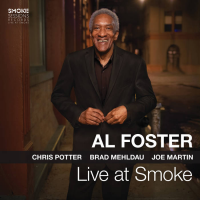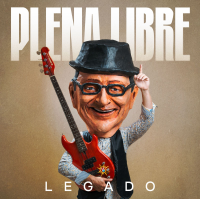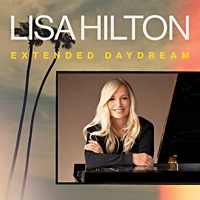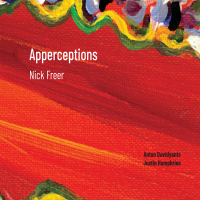Home » Jazz Musicians » Willie Bobo
Willie Bobo
Willie Bobo was one of the key players who fused influences from Latin soul, rock, and jazz in the late 1960s and 1970s. Willie went on to become an important band leader, whose music reflected the traditions of Spanish and Black Harlem. Born William Correa of Puerto Rican parents, in 1934, Willie was raised in New York City. In 1947, he worked as a band boy for Machito’s Afro-Cubans, one of the most popular Latin music ensembles of the era. Late at night, during the last set, he was sometimes allowed to sit in on bongos, getting his first taste of performing on a bandstand in the company of world class musicians. Good fortune led him to the side of Cuban conga legend Ramon “Mongo” Santamaria, a recent arrival in the Big Apple from Havana. In exchange for his services as Mongo’s much needed translator, the fledgling percussionist received lessons in Afro-Cuban techniques from the master. It was jazz pianist Mary Lou Williams who gave Willie the distinctive nickname “Bobo,” which he would soon adopt for his stage name and use for the rest of his life. The Spanish word means, among other things, “clown” or “funny man,” and was perfect to sum up Willie’s lighthearted demeanor and fun-loving attitude. He worked with Williams as a trap drummer and as a percussionist with Cuban big band leader Pérez Prado before being invited to join Santamaria in the rhythm section of Ernest “Tito” Puente’s mambo orchestra. The five years alongside Mongo and Puente produced what many scholarly observers consider to have been some of the finest Afro-Cuban percussion performances in “Top Percussion and Cuban Carnival” -- ever captured on tape. Bobo’s rendezvous with destiny, however, was just beginning. While still with Puente, he recorded with pianist George Shearing, on the pianists first album for Capitol, “The Shearing Spell.” Shearing would be the first of many jazz luminaries who would call on Bobo’s talents over the years. Throughout the 1950s, he accompanied numerous jazz artists such as Stan Getz, particularly on studio sessions--especially when everyone had to record a mambo or cha-cha somewhere in the course of their contract. Both he and Santamaria left Puente in 1957 and soon had another opportunity to make more Latin jazz history, joining vibraphonist Cal Tjader’s ensemble from 1958 to 1961 and participating on such landmark Tjader sessions as “Latino” and “Monterey Concerts.” Bobo partnered with the vibraphonist again in 1964 to record the top Latin jazz hit “Soul Sauce.” He and his former teacher Santamaria reunited in 1960 to record “Sabroso!” for Fantasy.
Read moreTags
Dorothy Ashby: With Strings Attached, 1957-1965

by John Chacona
Imagine if Sidney Bechet, Charlie Christian and Jimmy Smith were barely remembered and recordings of their music were long unavailable and known only on the geekiest corners of Discogs. That is essentially the status of harpist Dorothy Ashby. Like the three figures cited above, Ashby essentially created a language for her chosen instrument, the harp, where virtually none has existed before and established it as a legitimate and expressive vehicle for jazz improvisation at the highest level. Just how brilliantly ...
Continue ReadingCal Tjader: Plays Harold Arlen and West Side Story

by David Rickert
Like the recently reissued Our Blues, this double CD presents Cal Tjader before he seriously delved into the Latin tunes that made his name in jazz circles. Unlike the previous album, which presented the vibraphonist as a serious improviser, Tjader is content to let the songs take the center stage; about three-fourths of this CD features a string section in the background. The strategy works well. Tjader cuts loose on a few Arlen standards before settling into melodic passages on ...
Continue ReadingJazz Musician of the Day: Willie Bobo

Source:
Michael Ricci
All About Jazz is celebrating Willie Bobo's birthday today!
JAZZ MUSICIAN OF THE DAY Willie Bobo
Willie Bobo - percussion (1934 - 1983) Willie Bobo was one of the key players who fused influences from Latin soul, rock, and jazz in the late 1960s and 1970s. Willie went on to become an important band leader... more
Website | Videos | Articles
Follow Willie Bobo @ AAJ
Put AAJ's Musician of ...
read more




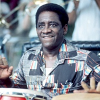













_with_Skip_Mcdonald_(Right)_23_n.jpg)


